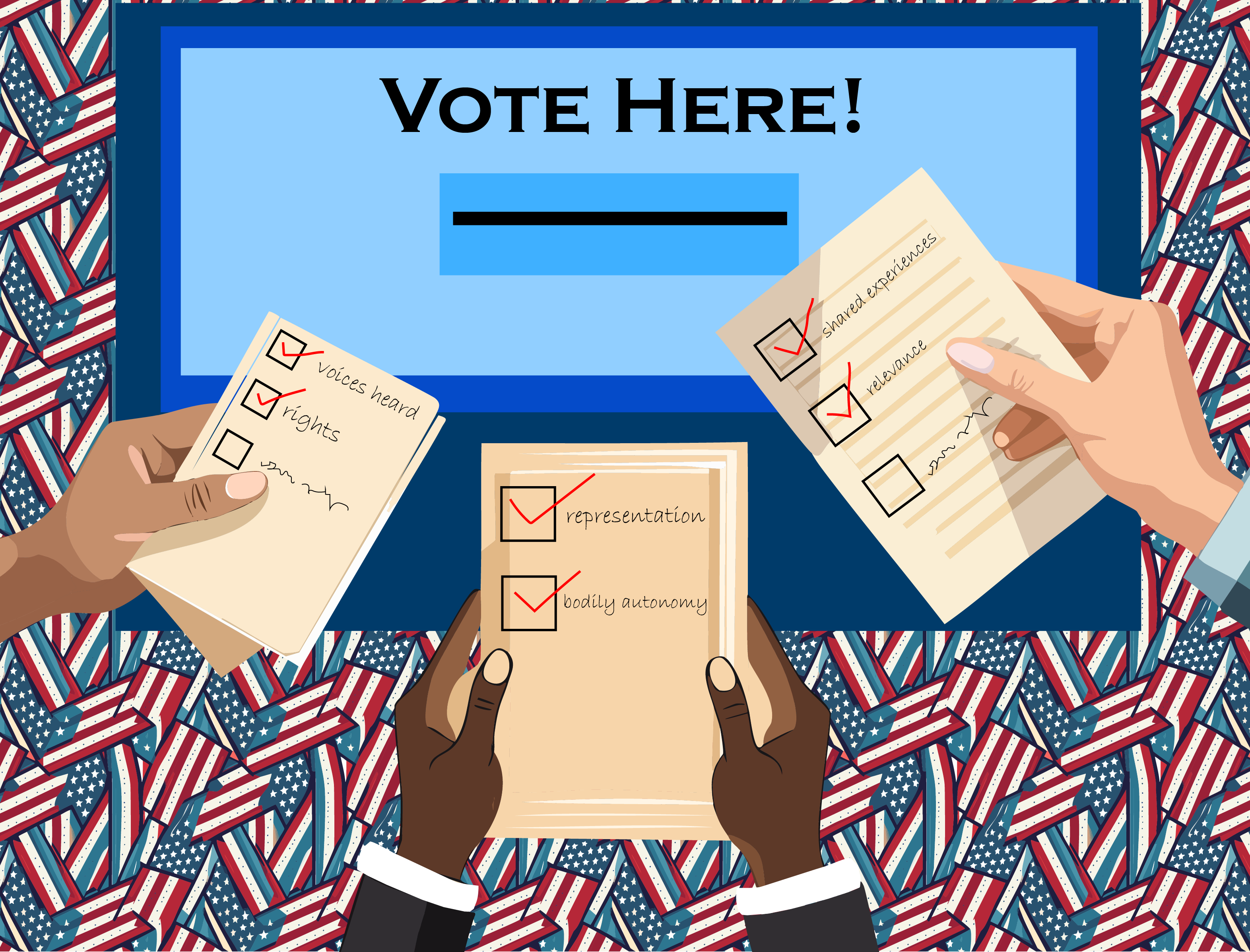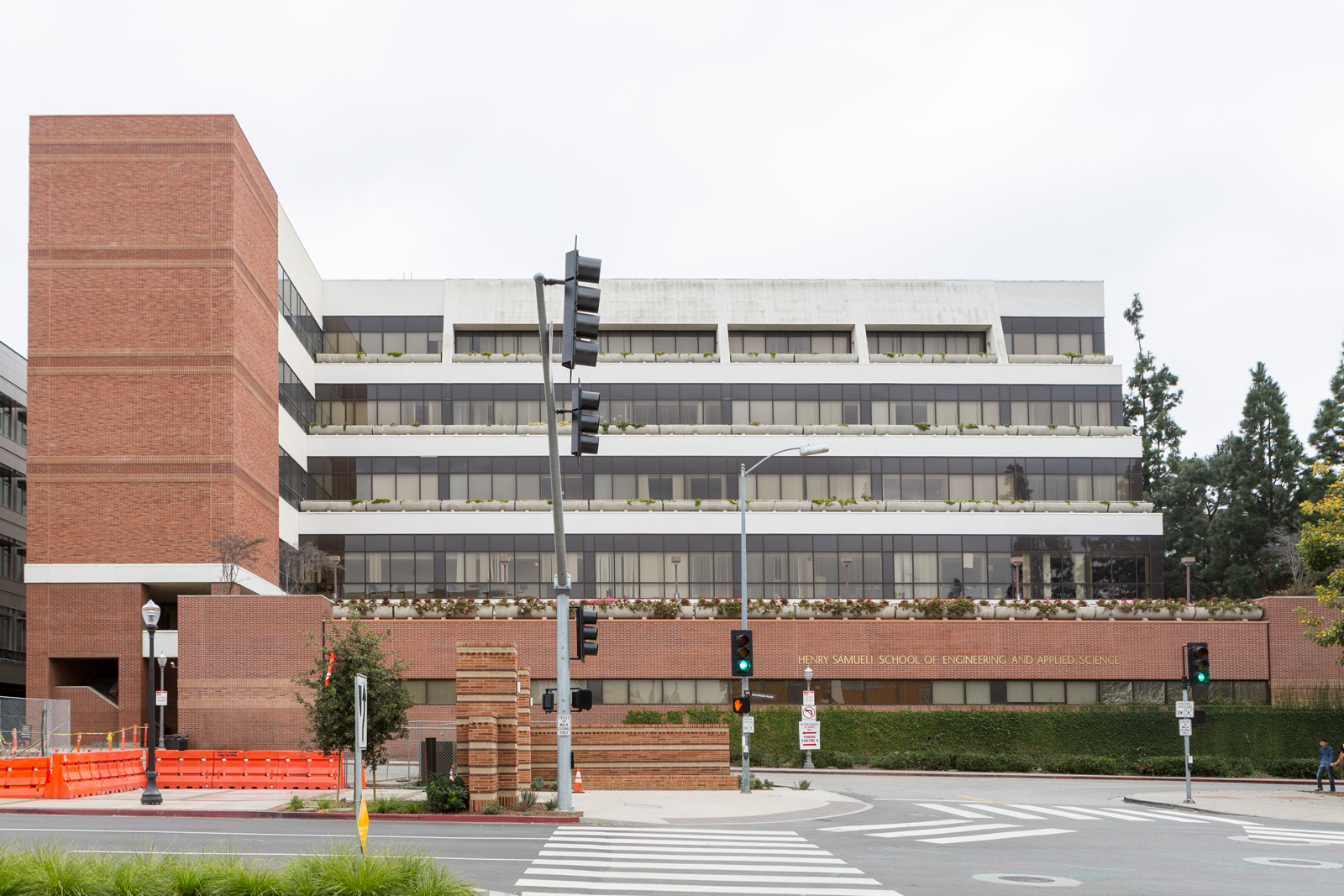STEPS for Youth tool aims to explain science of adolescence to policymakers

The Semel Institute for Neuroscience and Human Behavior is pictured. The Center for the Developing Adolescent, which is part of the institute, is launching a new online tool to help inform policymakers about adolescent-related science. (Zimo Li/Daily Bruin)
By Danielle H. Cho
May 12, 2024 11:25 p.m.
The UCLA Center for the Developing Adolescent is bridging neuroscience and policy with a new online tool.
The STEPS for Youth tool – which stands for Science to Enhance Policy Success for Youth – seeks to explain the science of adolescence in an accessible manner for policymakers and practitioners, said Andrew Fuligni, the center’s co-executive director. The tool, which is set to launch later this month or early June, includes a series of check-in questions for policymakers that can be used to see if their proposals align with existing science, said Elise Brumbach, the center’s director of policy and practice.
There are many scientific insights about adolescence that may not be accessible for people outside academia, Brumbach said. The website will also include fact sheets about adolescents’ developmental needs and science spotlights to explain how developmental science relates to specific policy, she added.
The center’s goal is to communicate scientific information about adolescents, said Meghan Lynch Forder, the center’s communications director.
“There’s a lot of caucuses in Washington or in Congress. There’s caucuses for early childhood. … There’s the parent caucus. There’s a caucus on horses. But there’s not a caucus for adolescents,” Forder said. “There’s not a specific group focused on, ‘What do we do for young people?’”
The center roughly defines adolescence as the ages between 10 and 25, Brumbach added.
“Adolescence is a time of tremendous brain development when our brains are forming connections and connections and strengthening connections in response to our environment and our relationships,” Forder said.
The center has ongoing projects – including blog posts and podcasts – to spread the word about research, and STEPS for Youth is the latest in this series, Brumbach said. The idea for this tool came from policy organizations mentioning that policymakers wanted a resource that they could skim for information and decide if they would like to know more, Fuligni said.
One challenge of creating the tool was putting scientific findings into accessible language for those who are not experts in adolescent neuroscience, Forder said. Another difficulty was sorting through what information would be most important, Brumbach added.
An important misconception that the developers sought to combat is the idea that adolescence is inherently a time of risk, Fuligni said. Adolescence is a time period that is not just about keeping young people away from bad influences but also an opportunity to develop positive pathways for the future, Forder added.
“There are a lot of dominant cultural beliefs that are quite negative about adolescence,” Fuligni said. “When we communicate the science of adolescence, we need to be mindful of those negative beliefs.”
People who work with adolescents understand the opportunities that this age provides and are interested in knowing how they can support adolescents better, despite the general negative perception of adolescents, Forder said.
“We’re (providing) science to folks so that they can reimagine what adolescence is really all about,” Fuligni said.



